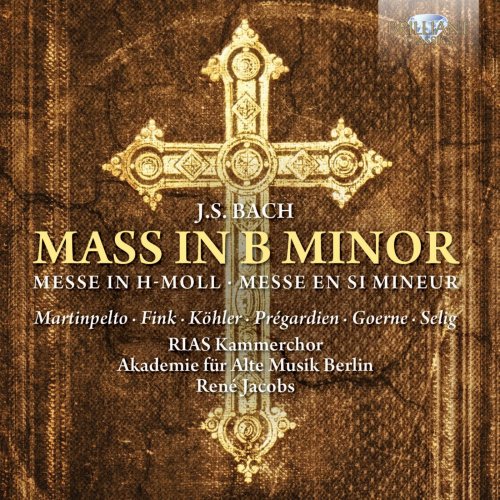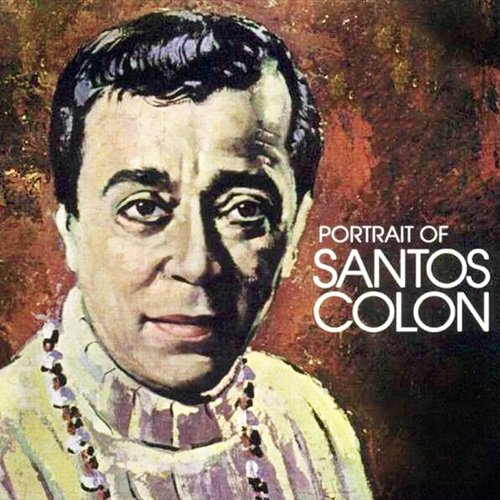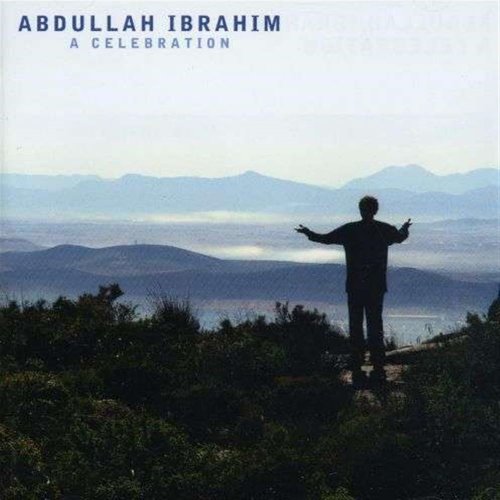RIAS Kammerchor, Akademie für alte Musik Berlin, René Jacobs, Hillevi Martinpelto & Bernarda Fink - J.S. Bach: Mass in B Minor (2015)

Artist: RIAS Kammerchor, Akademie für alte Musik Berlin, René Jacobs, Hillevi Martinpelto, Bernarda Fink
Title: J.S. Bach: Mass in B Minor
Year Of Release: 2015
Label: Brilliant Classics
Genre: Classical
Quality: flac lossless
Total Time: 01:50:11
Total Size: 475 mb
WebSite: Album Preview
TracklistTitle: J.S. Bach: Mass in B Minor
Year Of Release: 2015
Label: Brilliant Classics
Genre: Classical
Quality: flac lossless
Total Time: 01:50:11
Total Size: 475 mb
WebSite: Album Preview
01. Mass in B Minor, BWV 232, Pt. 1: I. Chorus. Kyrie eleison (A 5)
02. Mass in B Minor, BWV 232, Pt. 1: II. Duet. Christe eleison (Two Sopranos)
03. Mass in B Minor, BWV 232, Pt. 1: III. Chorus. Kyrie eleison (A 4)
04. Mass in B Minor, BWV 232, Pt. 1: IV. Chorus. Gloria in excelsis Deo (A 5)
05. Mass in B Minor, BWV 232, Pt. 1: V. Chorus. Et in terra pax hominibus (A 5)
06. Mass in B Minor, BWV 232, Pt. 1: VI. Aria. Laudamus te (Soprano II)
07. Mass in B Minor, BWV 232, Pt. 1: VII. Chorus. Gratias agimus tibi (A 4)
08. Mass in B Minor, BWV 232, Pt. 1: VIII. Duet Domine Deus (Soprano I, Tenor)
09. Mass in B Minor, BWV 232, Pt. 1: IX. Chorus. Qui tollis peccata mundi (A 4, Soloists)
10. Mass in B Minor, BWV 232, Pt. 1: X. Aria. Qui sedes ad dexteram Patris (Alto)
11. Mass in B Minor, BWV 232, Pt. 1: XI. Aria. Quoniam tu solus Sanctus (Bass II)
12. Mass in B Minor, BWV 232, Pt. 1: XII. Chorus. Cum Sancto Spiritu (A 5)
13. Mass in B Minor, BWV 232, Pt. 2: I. Chorus. Credo in unum Deum (A 5)
14. Mass in B Minor BWV 232, Pt. 2: II. Chorus. Patrem omnipotentem (A 4)
15. Mass in B Minor, BWV 232, Pt. 2: III. Duet. Et in unum Dominum (Soprano I, Alto)
16. Mass in B Minor, BWV 232, Pt. 2: IV. Chorus & Soloists. Et incarnatus est (A 5)
17. Mass in B Minor, BWV 232, Pt. 2: V. Chorus. Crucifixus etiam pro nobis (A 4)
18. Mass in B Minor, BWV 232, Pt. 2: VI. Chorus & Soloists. Et resurrexit tertia die (A 5)
19. Mass in B Minor, BWV 232, Pt. 2: VII. Aria. Et in Spiritum Sanctum (Bass)
20. Mass in B Minor, BWV 232, Pt. 2: VIII. Chorus. Confiteor unum baptisma etiarn pro nobis (A 5)
21. Mass in B Minor, BWV 232, Pt. 2: IX. Chorus. Et expecto resurrectionem (A 5)
22. Mass in B Minor, BWV 232, Pt. 3: Chorus. Sanctus (A 6)
23. Mass in B Minor, BWV 232, Pt. 4: I. Chorus. Osanna in excelsis (A 8)
24. Mass in B Minor, BWV 232, Pt. 4: II. Aria. Benedictus (Tenor)
25. Mass in B Minor, BWV 232, Pt. 4: III. Chorus. Osanna in excelsis (A 8)
26. Mass in B Minor, BWV 232, Pt. 4: IV. Aria. Agnus Dei (Soprano II)
27. Mass in B Minor, BWV 232, Pt. 4: V. Chorus. Dona nobis pacem (A 4)
Johann Sebastian Bach’s Mass in B minor is regarded by many as one of the supreme achievements of Western classical music. Even before its first complete performance, the Swiss music historian and publisher Hans Georg Nägeli described it as the “greatest musical masterpiece of all times and nations”. Many scholars believe that, along with the Art of Fugue and the Musical Offering, the work presents a summation of Bach’s musicianship as well as the most glorious presentation of the composer’s deeply held religious beliefs. Much of the Mass gave new form to vocal music that Bach had composed throughout his career, some of which was not from sacred sources (a point of contention for Leipzig churchgoers). The Kyrie and Gloria (known as the “Missa”) had been written as an application for the post of court composer at Dresden. The remaining movements, the Sanctus, Benedictus and Agnus Dei, turn the “Missa” into a “Missa tota”: the full setting of the Ordinary of the Mass. The enormous length of the final product (around two hours in duration) was clearly beyond the requirements of the divine service in Leipzig and indeed any liturgical purpose; a matter which remains the subject of scholarly debate. Indeed, it is probably due to its scale that the complete work wasn’t performed in Bach’s lifetime. The music itself is full of a variety of styles. In the Kyrie, Bach explores three different forms of musical expression in an impassioned entreaty for God’s mercy. He brings in trumpets and drums to sing the praises of the Lord in the Gloria, Credo and Sanctus, and, as so often before, saves one of his most exquisite and poignant musical phrases to express the idea of peace in the ‘et in terra pax’. The dramatic contrast forged between the ‘Crucifixus’ and ‘Et resurrexit’ movements of the Credo serve as a dramatic representation of the Christian statement of belief, and the lamenting Agnus Dei aria gives way to a exultant chorus of ‘Dona nobis pacem’ (Grant us thy peace), bringing the vast score to its conclusion. René Jacobs directs the Akademie für Alte Musik Berlin in this reading, which was described as “Spacious and intimate … a compelling performance” by the BBC Music Magazine following its first release.




![Telekaster - Space Lido (2025) [Hi-Res] Telekaster - Space Lido (2025) [Hi-Res]](https://img.israbox.com/img/2025-12/30/yx7eg4e48jipo0r1td3vnmxni.jpg)



![Arnaud Quevedo - Live Quintet 2025 (Live) (2025) [Hi-Res] Arnaud Quevedo - Live Quintet 2025 (Live) (2025) [Hi-Res]](https://www.dibpic.com/uploads/posts/2025-12/1767018191_cover.jpg)